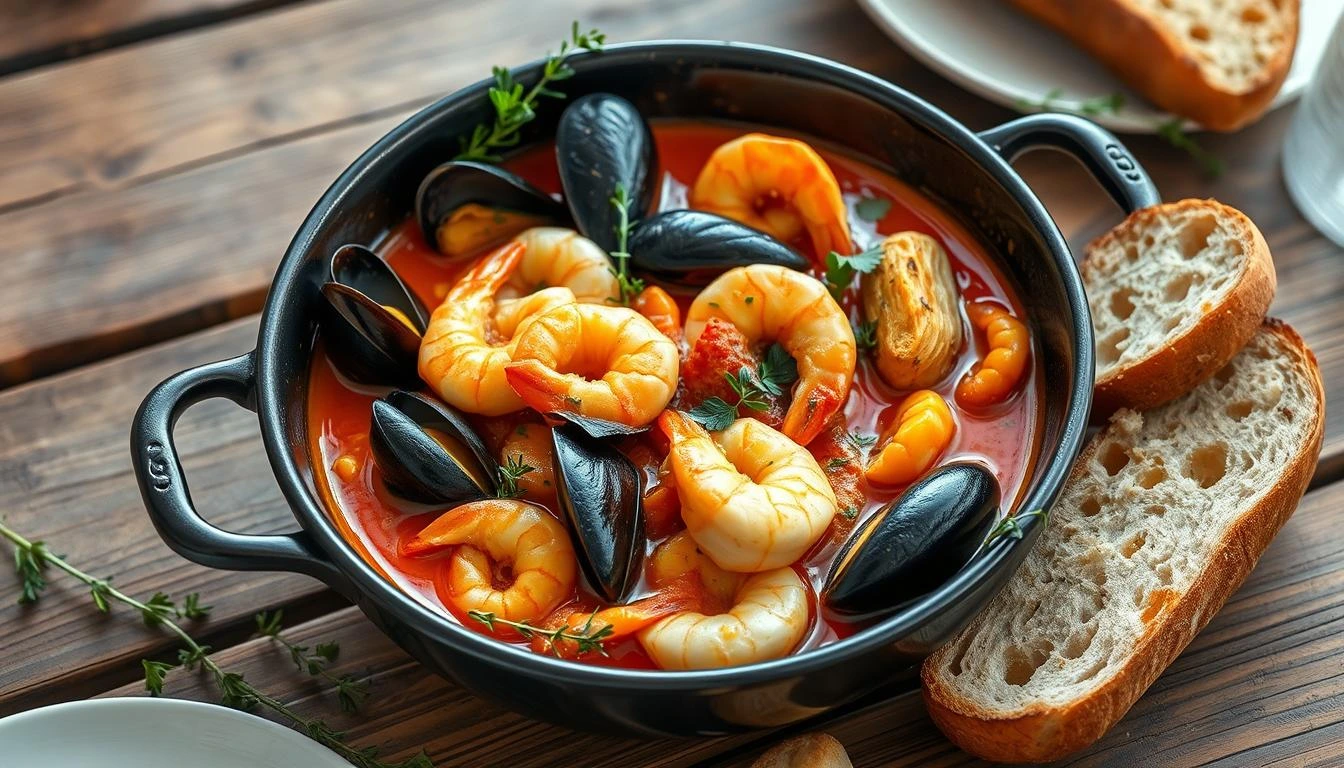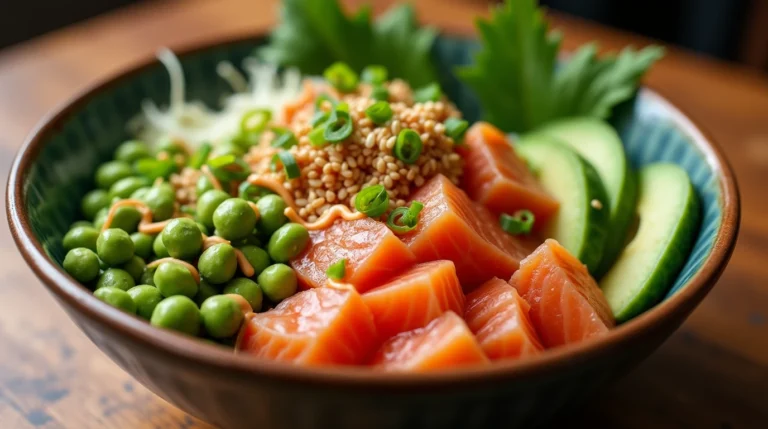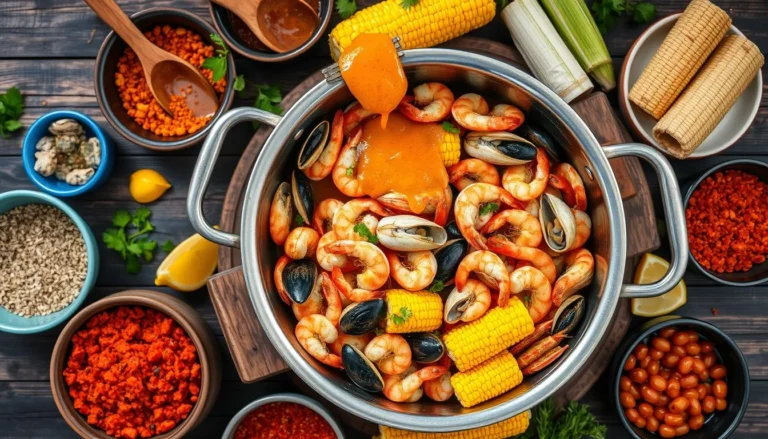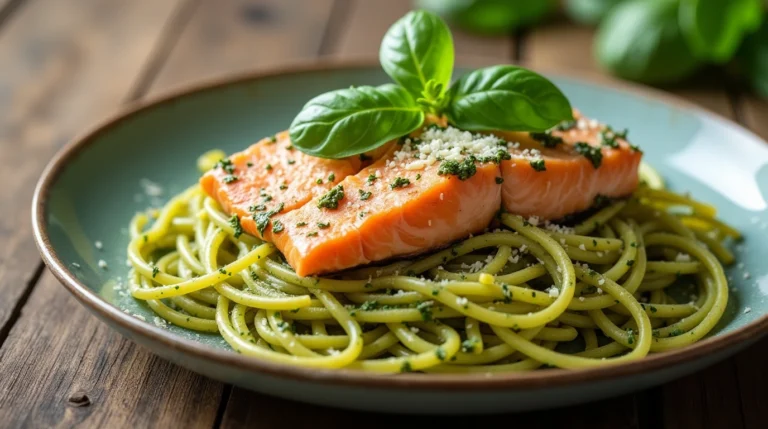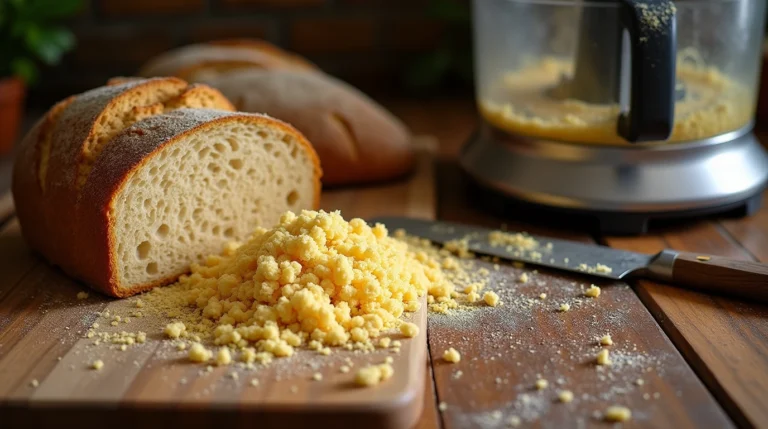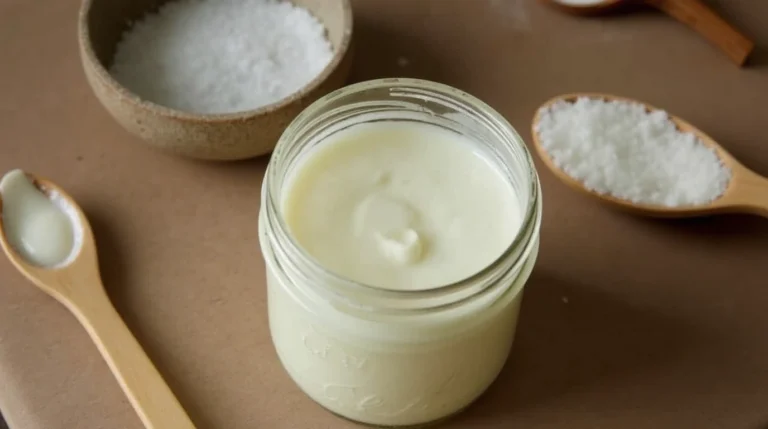Savor the Flavors of French Seafood Recipes
Imagine being in Marseille, by the sea, with the Mediterranean’s fresh tastes all around. You’re about to try a french seafood recipes dish that will make you crave more. The bouillabaisse recipe is a prime example of French seafood’s rich and delicate flavors.
This journey will show you the special tastes and ingredients in French seafood dishes. From Normandy’s french seafood recipes to Marseille’s bouillabaisse recipe, each place adds its own twist to seafood cooking.
Exploring French seafood, you’ll find out about the seafood types and regions famous for their dishes. Whether you love french seafood recipes or want to try something new, this trip will excite your taste buds.
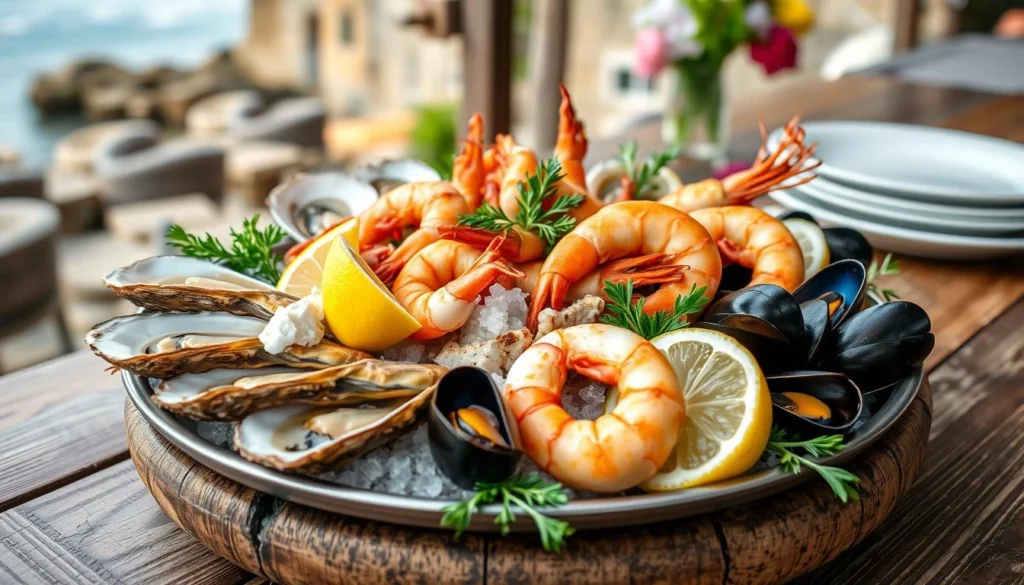
Table of Contents
Key Takeaways
- You’ll discover the unique flavors and ingredients that make French seafood cuisine so special
- Learn about the various types of seafood used in French cooking
- Explore the different regions of France that are known for their seafood dishes
- Get inspired by classic french seafood recipes like bouillabaisse recipe
- Understand the importance of using fresh and high-quality ingredients in French seafood cooking
The Rich Heritage of French Seafood Cuisine
Exploring French seafood recipes reveals a deep heritage. France’s long coastline offers a wealth of fresh seafood. This abundance has shaped the country’s culinary identity, with dishes like the classic french seafood stew.
The coastal areas of France have greatly influenced its cuisine. Brittany, for instance, produces half of France’s seafood. This focus on local, sustainable ingredients is seen in many recipes. They often include fresh seafood like shrimp, mussels, and lobsters.
The Coastal Regions of France
France’s wide coastline brings a variety of seafood. From the cold Atlantic to the warm Mediterranean, the diversity is vast. This is seen in dishes like bouillabaisse, a fish stew from Marseille.
Historical Significance of Seafood in French Culture
Seafood has been key in French cuisine for centuries. Traditional dishes use 5-7 main ingredients, focusing on quality. Moules à la Marinière, for example, uses 3-4 herbs for flavor.
Traditional Cooking Methods
Traditional French cooking, like steaming and poaching, is still used today. The famous Sole Meunière, for example, has gained worldwide fame. Exploring French seafood cuisine opens up a world of flavors and techniques for your cooking.
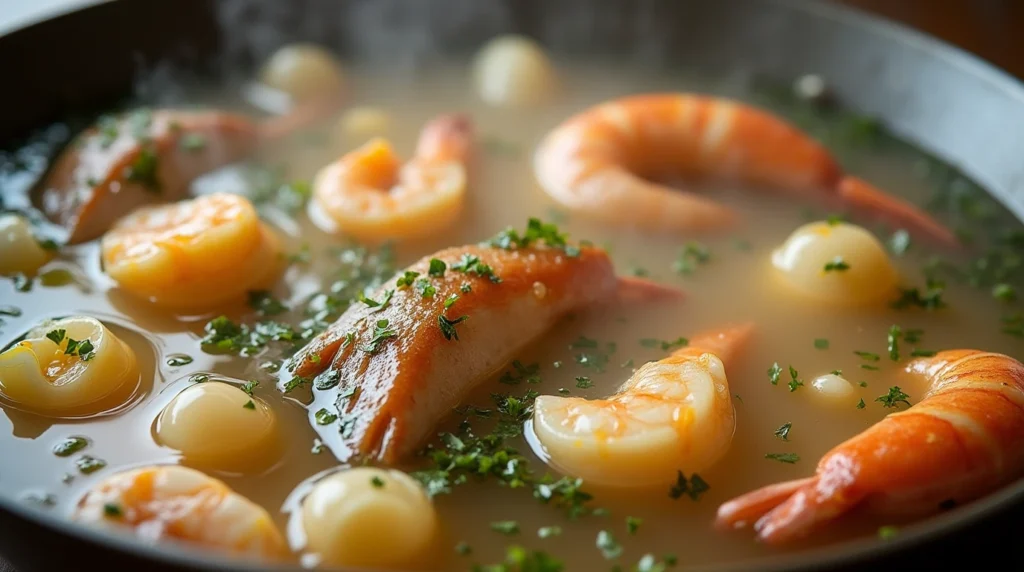
Essential French Seafood Recipes You Need to Master
To truly appreciate French cuisine, you need to learn how to make bouillabaisse, a traditional dish from Marseille. The best bouillabaisse recipe involves a combination of fresh seafood, vegetables, and aromatics. It takes about 1 hour and 5 minutes to prepare and cook, serving 6 people perfectly for special occasions.
Some key ingredients in a traditional bouillabaisse recipe include ½ cup of extra-virgin olive oil, 1 cup of chopped onion, and 1 cup of chopped leek. You will also need 4 cloves of garlic, 2-3 large tomatoes, and 2.5 quarts of water for the broth. Fresh herb sprigs, such as thyme, parsley, and fennel fronds, add depth and flavor to the dish.
Here is a breakdown of the nutritional information per serving:
| Nutrient | Amount |
| Calories | 996 kcal |
| Carbohydrates | 10 g |
| Protein | 141 g |
| Fat | 44 g |
Mastering the art of French seafood cooking requires practice and patience. But with the right recipes and techniques, you can create delicious and authentic dishes like bouillabaisse. Whether you’re a beginner or an experienced cook, learning how to make bouillabaisse is a great way to expand your culinary skills and impress your friends and family.
Understanding French Seafood Ingredients
When making french seafood recipes, the ingredients matter a lot. Fresh seafood is best, but frozen can be a good backup. For example, frozen scallops, shrimp, and mussels work well in bouillabaisse ingredients.
Season is important when picking seafood. A seasonal availability guide helps find the freshest options. Some seafood, like mussels and shrimp, are always available. Others, like scallops and fish, have shorter seasons.
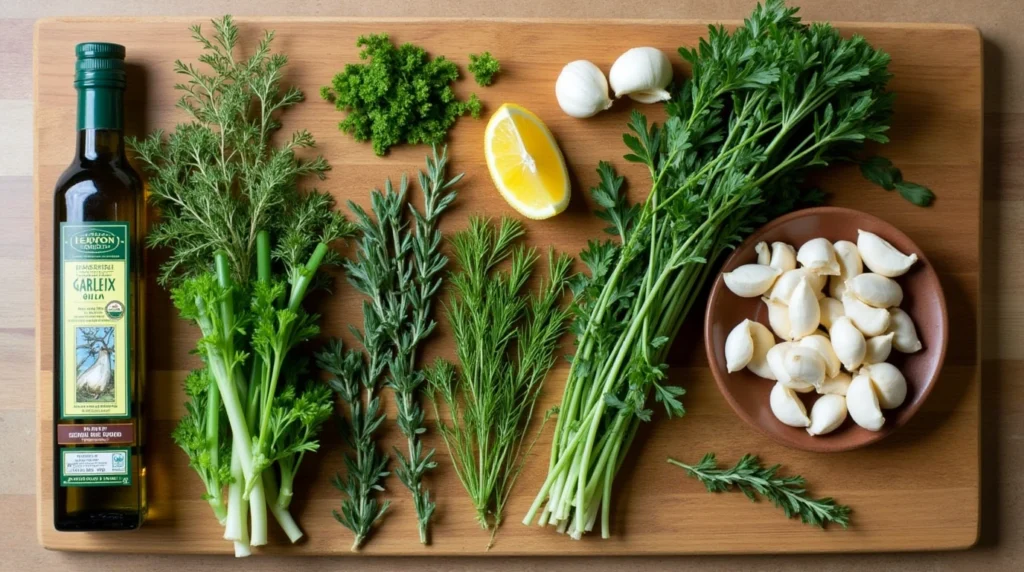
Fresh vs Frozen Seafood Selection
Fresh seafood is top choice, but frozen can be tasty too. Look for “sustainably sourced” or “wild-caught” labels on frozen seafood. Recipes like fish soup and seafood casseroles often use frozen seafood.
Must-Have Herbs and Aromatics
Some herbs and aromatics are key in french seafood recipes. Thyme, rosemary, and garlic add flavor to bouillabaisse ingredients. Fresh parsley and dill bring a bright taste to seafood dishes.
Mastering the Art of Bouillabaisse
To make a real bouillabaisse, you need to know the traditional ingredients and cooking methods. This classic French seafood stew requires fresh seafood like firm fish, mussels, and shellfish. Julia Child’s recipe is a good start, using soupe de poisson with 4 to 6 kinds of fish for flavor.
For a great bouillabaisse, use 6 to 8 pounds of fish and shellfish. Cook onions and leeks for 3 to 5 minutes until they’re tender. Let the broth simmer for 40 minutes, using 10 cups of water and 3 pounds of fish parts.
Traditional Marseille Style
In Marseille, bouillabaisse comes with rouille sauce. This sauce includes boiled potato and toasted French baguette. You can freeze it for 4 months or keep it in the fridge for 5 days.
Key Ingredients for Authentic Flavor
For a true bouillabaisse taste, use:
- Firm-fleshed fish, such as halibut or snapper
- Mussels and shellfish, like clams and shrimp
- Fennel and saffron for added depth of flavor
- Onions and leeks for a rich, savory base
By following these tips and using top-quality ingredients, you’ll master bouillabaisse. Your dish will wow your loved ones.
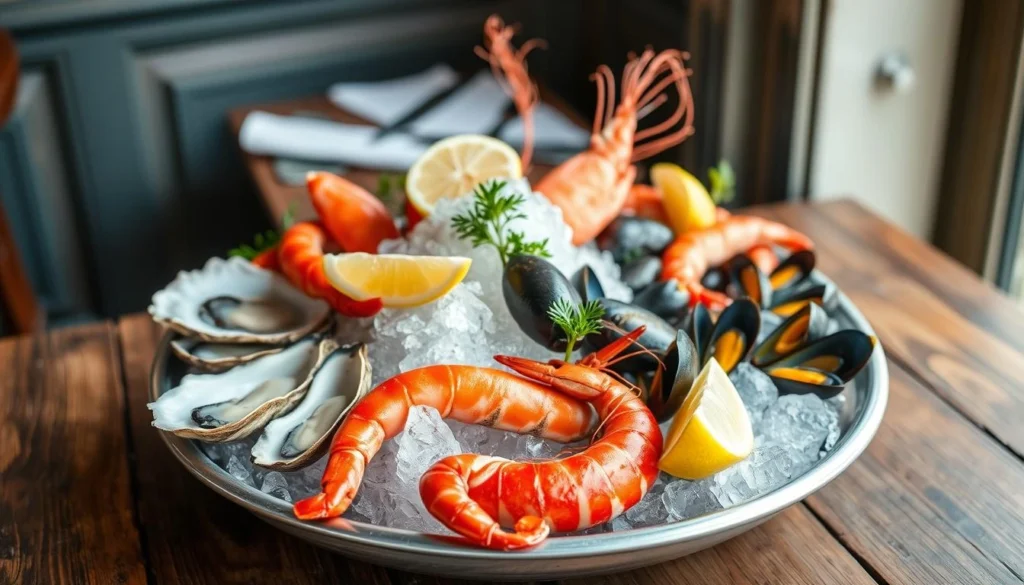
Classic French Seafood Preparation Techniques
Preparing french seafood recipes involves mastering several classic techniques. Steaming is a popular method that keeps seafood flavors and textures intact. Poaching cooks seafood in liquid, like water or broth, for a moist dish.
Pan-frying adds a crunchy texture to french seafood recipes. It cooks seafood in hot oil, making it crispy outside and tender inside. Shrimp, scallops, and fish are great for pan-frying.
Here are some tips for preparing french seafood recipes using these classic techniques:
- Use fresh and high-quality ingredients for the best flavor and texture.
- Avoid overcooking seafood to prevent it from becoming tough and dry.
- Try different seasonings and spices to add depth and complexity to your dishes.
Mastering these classic french seafood recipes techniques lets you create a variety of delicious dishes. Whether you want something light or rich, there’s a bouillabaisse ingredients recipe for you.
| Technique | Description | Recommended Ingredients |
| Steaming | Cooking seafood in steam to preserve flavors and textures | Shrimp, mussels, clams |
| Poaching | Cooking seafood in liquid to create a moist and flavorful dish | Fish, scallops, lobster |
| Pan-frying | Cooking seafood in a hot pan with a small amount of oil | Shrimp, scallops, fish |
Essential Tools and Equipment for French Seafood Cooking
Cooking french seafood recipes needs the right tools and equipment. A well-stocked kitchen makes a big difference in your dishes. For example, a good fish spatula is great for cooking fish and other foods like burgers and pancakes.
To make a tasty bouillabaisse recipe, you’ll need a large pot, a skillet, and various utensils. High-quality kitchen tools, like a chef’s knife and a nonstick skillet, last a long time and work better.
Here are some key tools and equipment for french seafood cooking:
- Fish spatula
- Chef’s knife
- Metal tongs
- Nonstick skillet
- Braising pan
With the right tools, you can make many delicious french seafood recipes, including bouillabaisse. Enjoy the fun of cooking.
| Tool | Price | Source |
| Fish spatula | $29 | Amazon |
| Chef’s knife | $24 | Paudinstore.com |
| Metal tongs | $16 | Amazon, Wayfair |
Troubleshooting Common Challenges in French Seafood Recipes
Learning to make bouillabaisse can be tricky. The main challenge is getting the flavors and textures just right. To solve this, use fresh, top-quality ingredients. This is key to a great bouillabaisse.
When cooking French seafood, you might face texture, flavor, and temperature issues. Here are some tips to help:
- Use a mix of fish and shellfish for depth and complexity.
- Avoid overcooking to prevent tough, dry textures.
- Balance flavors with aromatic veggies, herbs, and spices.
Follow these tips and use a trusted recipe like Julia Child’s Bouillabaisse. This will help you make a tasty, authentic French seafood dish. Remember, be flexible and adjust your recipe for the best results.
| Ingredient | Quantity |
| Shrimp | 1 pound (450 g) |
| Flaky white fish | 1 pound (450 g) |
| Mussels or clams | 1 pound (450 g) |
Conclusion: Embracing the Art of French Seafood Cooking
French seafood recipes take you on a tasty journey. They mix rich flavors with old cooking ways and the sea’s gifts. Try the famous bouillabaisse or the light Dover Sole Meunière. Learning these dishes lets you grasp French coastal cooking’s heart.
Start your French seafood cooking journey by choosing the best ingredients. Look for fresh, local seafood and add herbs, citrus, and creamy sauces. Try poaching, sautéing, and cooking in parchment to bring out seafood’s natural taste.
Dive into French seafood cooking’s heritage and methods. You’ll make amazing meals and grow to love the long-standing cooking traditions. This journey will make every meal special and let you share French seafood’s delight with your family and friends.
| Recipe Name | Short Description | Prep Time | Cook Time | Total Time | Ingredients | Instructions | Nutrition | Equipment |
|---|---|---|---|---|---|---|---|---|
| Bouillabaisse | A traditional French seafood stew from Marseille with rich herbs, vegetables, and fresh seafood. | 20 minutes | 45 minutes | 1 hour 5 min | – ½ cup extra-virgin olive oil – 1 cup chopped onion – 1 cup chopped leek – 4 garlic cloves – 2-3 large tomatoes – 2.5 quarts water – Fresh herb sprigs (thyme, parsley, fennel) – Firm fish, shrimp, mussels, clams | 1. Heat olive oil in a large pot and sauté onion, leek, and garlic. 2. Add tomatoes, water, and herbs; simmer for 30 minutes. 3. Add fish, shrimp, mussels, and clams. 4. Serve hot with rouille sauce and French bread. | – Calories: 996 kcal – Carbs: 10 g – Protein: 141 g – Fat: 44 g | – Large pot – Skillet – Chef’s knife – Metal tongs – Nonstick skillet |
| Sole Meunière | A French classic featuring buttery pan-fried Dover sole garnished with lemon and parsley. | 10 minutes | 10 minutes | 20 minutes | – Fresh Dover sole fillets – All-purpose flour – Unsalted butter – Lemon juice – Fresh parsley – Salt and pepper | 1. Coat sole fillets lightly in flour. 2. Pan-fry in butter until golden. 3. Drizzle with lemon juice, garnish with parsley. 4. Serve with seasonal vegetables or potatoes. | – Calories: ~250 kcal – Protein: ~30 g – Fat: ~12 g | – Fish spatula – Nonstick skillet – Chef’s knife |
| Moules à la Marinière | A simple French seafood dish of mussels steamed with white wine, garlic, and herbs. | 10 minutes | 10 minutes | 20 minutes | – 2 pounds fresh mussels – 1 cup dry white wine – 2 garlic cloves, minced – 1 shallot, finely chopped – 2 tbsp unsalted butter – Fresh parsley | 1. Clean mussels thoroughly. 2. Sauté garlic and shallot in butter in a pot. 3. Add wine and mussels; cover and cook until mussels open. 4. Garnish with parsley and serve with bread. | – Calories: ~200 kcal – Protein: ~18 g – Carbs: ~6 g | – Large pot – Chef’s knife – Metal tongs |
| French Seafood Casserole | A hearty casserole with a mix of seafood, cream, and breadcrumbs for a rich, baked dish. | 20 minutes | 35 minutes | 55 minutes | – 1 pound mixed seafood (shrimp, scallops, fish) – 1 cup heavy cream – 1 cup grated cheese – 1 cup breadcrumbs – 2 tbsp butter – Fresh herbs (thyme, parsley) | 1. Preheat oven to 375°F (190°C). 2. Sauté seafood briefly in butter. 3. Mix seafood with cream, cheese, and herbs in a baking dish. 4. Top with breadcrumbs; bake until golden. | – Calories: ~400 kcal – Protein: ~25 g – Fat: ~22 g | – Baking dish – Skillet – Chef’s knife |
| Fish Soup Provençale | A flavorful Mediterranean soup with fish, tomatoes, and saffron. | 15 minutes | 25 minutes | 40 minutes | – 1 pound flaky white fish – 1 can crushed tomatoes – 1 onion, diced – 2 garlic cloves – 4 cups fish stock – 1 pinch saffron – Fresh parsley | 1. Sauté onion and garlic in a large pot. 2. Add tomatoes, fish stock, and saffron; simmer for 15 minutes. 3. Add fish pieces; cook gently for 10 minutes. 4. Garnish with parsley and serve hot. | – Calories: ~150 kcal – Protein: ~20 g – Carbs: ~8 g | – Large pot – Chef’s knife – Ladle |
FAQ
What is bouillabaisse?
Bouillabaisse is a famous French seafood stew from Marseille. It’s filled with fresh fish, shellfish, and crustaceans. The stew is seasoned with herbs and spices, making it very flavorful.
What types of seafood are commonly used in French seafood recipes?
French seafood recipes use many types of seafood. This includes fish like cod and halibut. Also, shellfish like mussels and shrimp, and crustaceans like lobster and crab.
What are the essential herbs and aromatics used in French seafood cooking?
French seafood dishes often include thyme, rosemary, garlic, shallots, and fennel. These add depth and balance the seafood’s fresh taste.
What are the traditional cooking methods used in French seafood cuisine?
French seafood cooking uses gentle methods like steaming and poaching. These methods help keep the seafood’s flavors and textures intact. They also highlight the seafood’s natural umami.
How do I select the best seafood for French recipes?
Choose fresh seafood for French recipes. Look for what’s in season and from good local sources. Avoid frozen seafood to keep flavors and textures better.
What are some common challenges in preparing French seafood dishes?
Preparing French seafood can be tricky. It’s hard to keep seafood textures right and balance flavors. But, using the right ingredients and traditional cooking methods can help.
What wines pair well with French seafood dishes?
Light, crisp white wines like Sauvignon Blanc or Muscadet are great with French seafood. Rosé and sparkling wines also work well. They complement the seafood’s briny taste without overpowering it.
Write a review
There are no reviews yet. Be the first one to write one.

